It may be a little known fact that the USVI officially banned sunscreen containing chemicals that damage the reefs and are potentially hazardous to humans this spring. On March 30, 2020, the USVI sunscreen ban officially went into effect making the territory the first in the United States to implement this ruling to be followed by Hawaii and Key West in January of 2021.
On June 25, 2019, the USVI made history with the unanimous passage of a ban of sunscreen containing the “toxic 3 O’s.” The chemicals (write this down) oxybenzone, octinoxate and octocrylene are the active ingredients in MANY sunscreens and have been proven to damage the coral reefs and are potentially hazardous to humans as well! When you apply a sunscreen containing these chemicals, it washes off your body in the water and contaminates the reefs, causing coral “bleaching” over time.
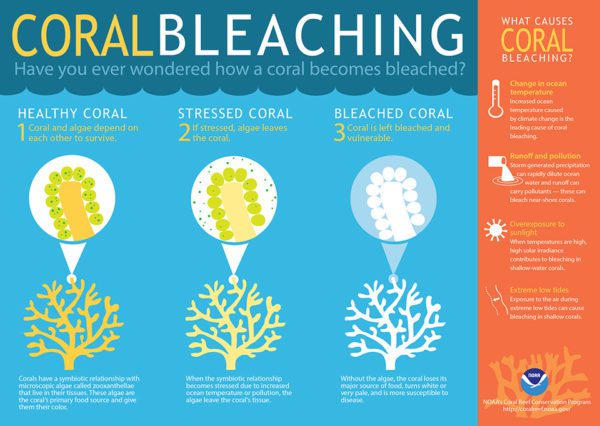
While climate change and warmer water temperatures are also to blame for this damaging phenomenon that causes coral to fade in color and breaks its abilities to reproduce, sunscreen and other hazardous chemicals in the waters cause the same disastrous effects in our underwater wonderland. And, hey, this is something we, as individuals, can actually do something about! The good news is, that once the chemicals are out of the water the coral can recover and rejuvenate over time.
A study conducted by Haereticus Environmental Laboratory in 2015 found that one of the highest concentrations of these debilitating chemicals, calculated by parts per billion or ppb, was found right here in the USVI:
“One of the highest concentrations measured in the marine environment was in Trunk Bay in the U.S. Virgin Islands National Park, in St. John Island, U.S. Virgin Islands. This beach can get between 2,000 to 5,000 people in a day.”
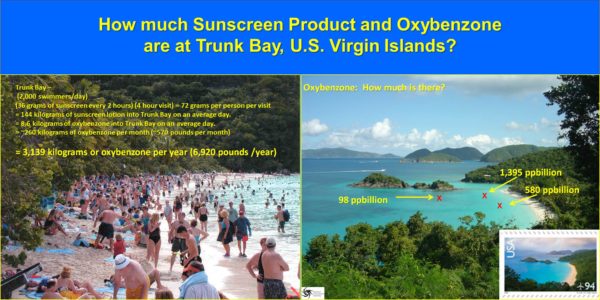
Technically, sunscreens containing these chemicals are not ALLOWED in the territory. Importing them and selling them is prohibited. And, technically, it’s also illegal for you to bring them into the territory. But, with the timing of the ban going into effect directly coinciding with COVID-19 in March…Well, our government officials and airport staff have had their hands full. And the enforcement of the ban at the air and sea ports fell to the wayside.
I know, I know…reef safe sunscreens are chalky, they don’t rub in well, some of them don’t work, etc. It’s REALLY tough to find the perfect sunscreen that doesn’t contain these toxic chemicals. But, convenience and ease of use aren’t necessarily the best things for our reefs OR for your health! The FDA is still studying the possible adverse effects of these chemicals on the human reproductive system. But they did find that, when it is applied topically, the chemicals absorb into your blood stream.
” In 2019 and 2020, FDA published two studies showing that the ingredients oxybenzone, octinoxate, octisalate, octocrylene, homosalate and avobenzone are all systemically absorbed into the body after a single use (Matta 2019, Matta 2020). The FDA also found that the sunscreen ingredients could be detected on the skin and in blood weeks after application ended (Matta 2020).” – Environmental Working Group
Gross, right?
So, I mentioned there are some things we can do to protect both our health AND the natural beauty of our sea life. In addition to a wide variety of great natural sunscreen options hitting the shelves daily, Island Green Living Association’s website offers some sunscreen free alternatives.
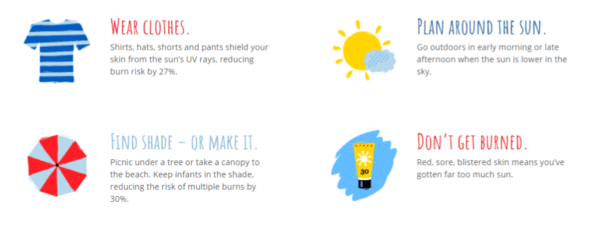
Island Green and Friends of Virgin Islands National Park have been huge proponents in the fight to ban these toxic chemicals from our fragile marine environment for obvious reasons. Both of these organizations have led the good fight in both preserving and protecting our natural resources and with educating the public in regards to ways that we can get involved. Both local non-profits offer a wealth of information on their websites. If you are shopping around for a reef safe sunscreen that works for you, Island Green recommends checking out the Safe Sunscreen Council for some options to start with. You should be looking for “mineral sunscreens containing non-nano zinc oxide or non-nano titanium dioxide as the active ingredient,” according to Island Green’s website.
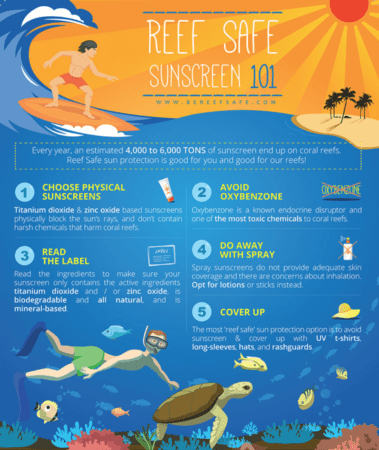
If you missed this before you flew in and are currently on island, the Friends’ stores at Mongoose Junction and at VINP Visitor Center are both offering 15% off reef-safe sunscreen. And Chelsea Drugstore at the Marketplace is offering 10% off and has a HUGE selection on display. If you would like to order Friends’ recommended reef safe sunscreen online, you can save 15% there as well with promo code HOLIDAY2020. All of these offers last until December 31, 2020.
I want to thank everyone who takes this message to heart and action in advance. Our marine life is slowly dying and this is a small action as individuals that we can each do to help preserve the paradise that we all love. If you would like to support marine conservation and environmental work on St. John, both of these organizations are non-profits that rely on donations to keep their good work going! Please remember Island Green and Friends VINP when you are doing your year end giving 🙂
Spread the word!


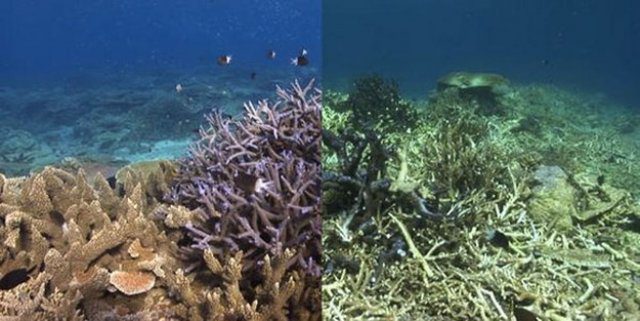
I’ve had good luck with the brands Aloe Up and Sun Bum. I don’t see much of a difference between them and traditional sunscreen.
We love and use Garden Goddess SPF 50 mineral sunscreen.. I never get burned. You have to reapply a lot, but it works.
It would be nice if you would post a list of acceptable sunscreens. The information that you can get online is sometimes very confusing.
Environmental Working Group puts out a yearly analysis of many of the sunscreens on the market: https://www.ewg.org/sunscreen/best-sunscreens/best-beach-sport-sunscreens/
Their analysis is based on human health impacts, not coral impacts, but, not surprisingly, chemicals that are associated with coral bleaching are typically associated with adverse human health impacts, too.
show us the names of what the purchase for sunscreens so we don’t get confused
I TOTALLY understand and agree. Having said that, I have had skin cancer so I have to wear sunscreen 24/7, 356 days a year. I have not found a reef safe sun screen that works well and I do not want to give up my St. John trips. So any helpful hints, directions, would be appreciated. We snorkel all day at different locations and do not want to give that up and want to protect the environment. We wear rash guitars and shorts and beenies with SPF. Thank you all for your help!
To the person saying Sun Bum, it still contains 10% of one of the 3 banned substances. Illegal to bring